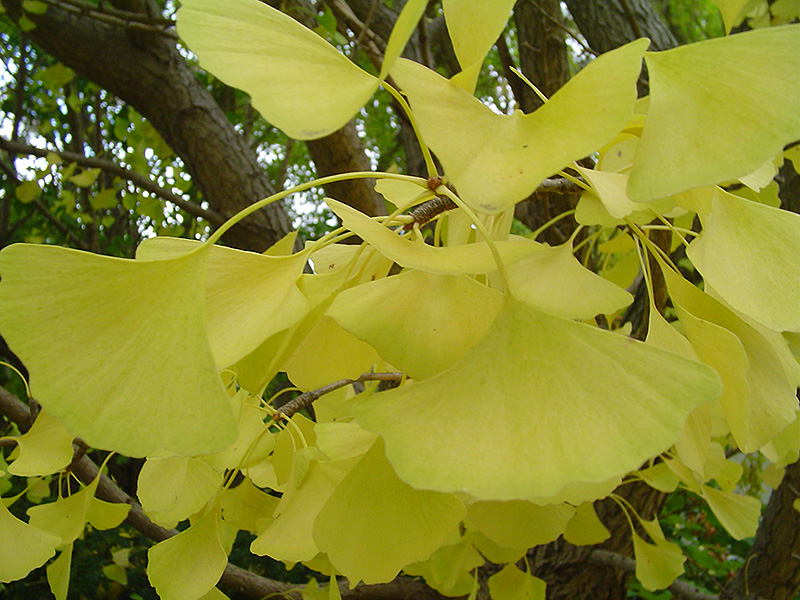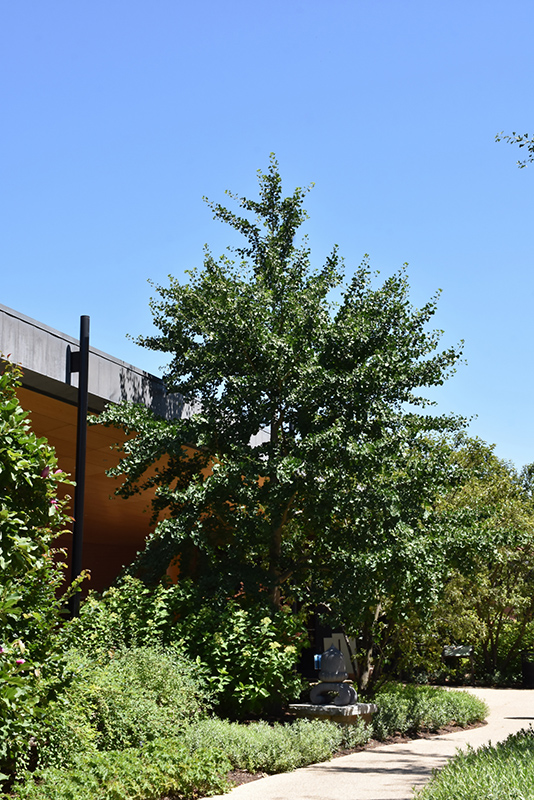Height: 50 feet
Spread: 30 feet
Sunlight:
![]()
Hardiness Zone: 4
Other Names: Maidenhair Tree
Description:
A true 150 million year old relic with unique fan-shaped leaves; stunning pyramidal form and consistent golden fall color, does not produce fruit; a distinct improvement on the species, a great choice for home landscape use
Ornamental Features
Autumn Gold Ginkgo has emerald green deciduous foliage on a tree with a pyramidal habit of growth. The fan-shaped leaves turn an outstanding gold in the fall.
Landscape Attributes
Autumn Gold Ginkgo is an open deciduous tree with a distinctive and refined pyramidal form. Its average texture blends into the landscape, but can be balanced by one or two finer or coarser trees or shrubs for an effective composition.
This is a relatively low maintenance tree, and is best pruned in late winter once the threat of extreme cold has passed. Deer don't particularly care for this plant and will usually leave it alone in favor of tastier treats. It has no significant negative characteristics.
Autumn Gold Ginkgo is recommended for the following landscape applications;
- Accent
- Shade
Planting & Growing
Autumn Gold Ginkgo will grow to be about 50 feet tall at maturity, with a spread of 30 feet. It has a high canopy of foliage that sits well above the ground, and should not be planted underneath power lines. As it matures, the lower branches of this tree can be strategically removed to create a high enough canopy to support unobstructed human traffic underneath. It grows at a slow rate, and under ideal conditions can be expected to live to a ripe old age of 150 years or more; think of this as a heritage tree for future generations!
This tree should only be grown in full sunlight. It is very adaptable to both dry and moist locations, and should do just fine under average home landscape conditions. It may require supplemental watering during periods of drought or extended heat. It is not particular as to soil type or pH, and is able to handle environmental salt. It is highly tolerant of urban pollution and will even thrive in inner city environments. Consider applying a thick mulch around the root zone in winter to protect it in exposed locations or colder microclimates. This is a selected variety of a species not originally from North America.


